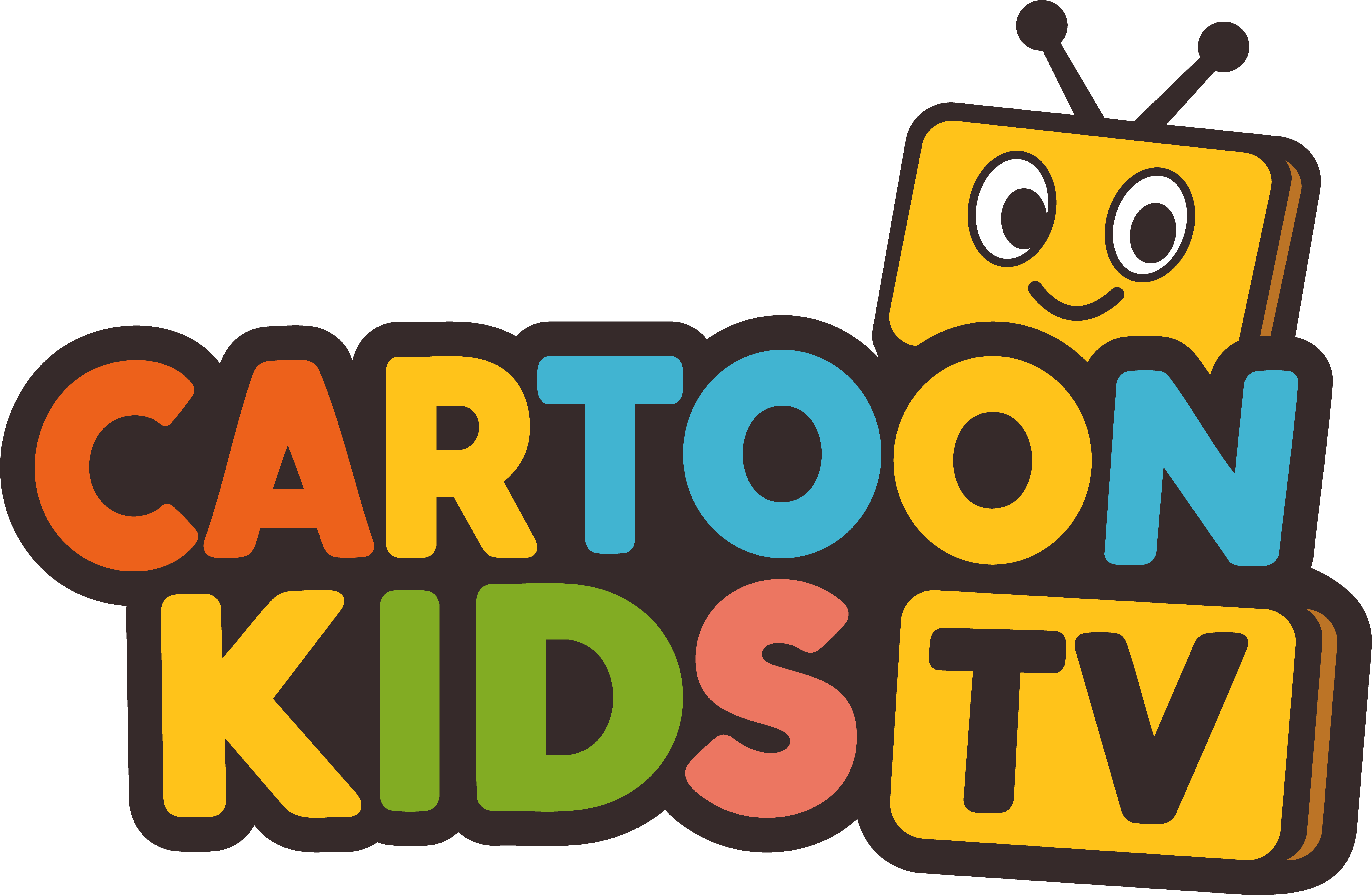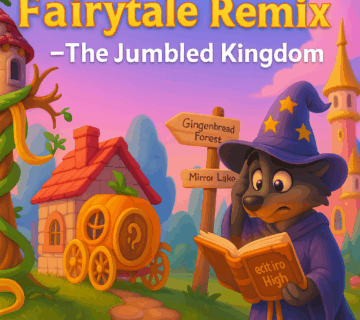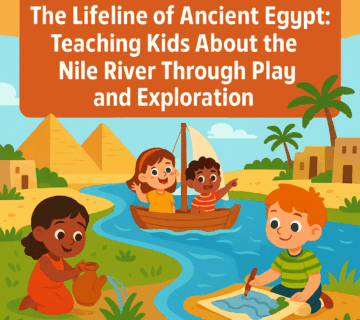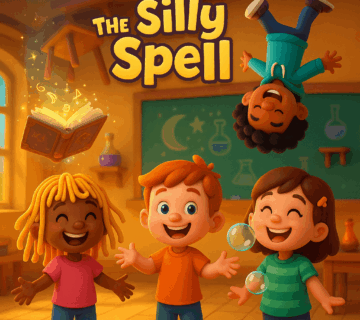The Jumbled Kingdom: Building Resilient Minds Through Chaos
Subscribe & Get Free E-books!
Subscribe to our channel and fill out the form below to receive exclusive free e-books directly in your inbox.
As parents, we’re always looking for stories that entertain our children while secretly teaching them valuable life lessons. The Jumbled Kingdom is one of those rare gems that accomplishes both beautifully. This whimsical tale of a topsy-turvy realm where everything is delightfully mixed up offers far more educational value than meets the eye.
Many parents initially worry when their children gravitate toward chaotic stories like The Jumbled Kingdom, wondering if these tales might confuse young minds. However, research shows that children actually thrive when exposed to controlled chaos in storytelling—it builds mental flexibility and problem-solving skills they’ll use throughout their lives.
The Story’s Foundation: Embracing Chaos and Finding Order
At its heart, The Jumbled Kingdom presents children with a world where traditional rules don’t apply. Rivers flow upward, trees grow downward, and the sun might decide to shine at midnight. While this might seem like pure fantasy, it’s actually teaching your child several crucial cognitive skills.
What makes The Jumbled Kingdom particularly brilliant is how it normalizes the unexpected. Children reading this story learn that confusion doesn’t equal failure—it’s simply a starting point for creative solutions.
Pattern Recognition and Flexibility: When children encounter a world where normal patterns are disrupted, they learn to adapt their thinking. This flexibility is essential for problem-solving in real life, where solutions often require thinking outside conventional boundaries.
Key Learning Areas
1. Problem-Solving Through Creative Thinking
Throughout The Jumbled Kingdom, characters must navigate their jumbled world by finding creative solutions. Your child learns that there’s often more than one way to approach a problem. When the kingdom’s mailman can’t deliver letters because the addresses keep changing, he learns to follow the sounds of laughter instead—teaching children to use alternative strategies when traditional methods fail.
The beauty of The Jumbled Kingdom lies in how it presents problems without immediate solutions, encouraging young readers to think alongside the characters.
Discussion Starter: Ask your child, “What would you do if your house suddenly turned upside down? How would you brush your teeth or eat breakfast?”
2. Emotional Intelligence and Empathy
The characters in “The Jumbled Kingdom” each react differently to their chaotic environment. Some embrace the confusion with joy, while others feel frustrated or scared. This range of emotional responses helps children understand that people can have different feelings about the same situation—a fundamental aspect of empathy.
The story shows characters supporting each other through confusion and celebrating together when they find solutions. Your child learns that community support makes challenges more manageable and that helping others often helps us too.
3. Resilience and Adaptability
Perhaps the most valuable lesson embedded in The Jumbled Kingdom is resilience. Characters don’t spend time lamenting how things should be; instead, they adapt and find ways to thrive in their new reality. This teaches children that change, while sometimes uncomfortable, can lead to exciting discoveries and personal growth.
Real-World Application: This lesson is particularly relevant for children facing changes like moving to a new school, welcoming a new sibling, or adjusting to new family dynamics.
4. Critical Thinking and Cause-and-Effect
The jumbled nature of The Jumbled Kingdom creates numerous cause-and-effect scenarios that children can follow and predict. When the royal baker’s oven starts baking ice cream instead of bread, children can think through the logical consequences and potential solutions. This strengthens their ability to think several steps ahead—a crucial skill for academic success and daily life.
Interestingly, The Jumbled Kingdom teaches logical thinking through illogical situations—a paradox that actually enhances cognitive development.
5. Language Development and Vocabulary
The Jumbled Kingdom introduces children to descriptive language and creative word combinations. Terms like upside-down waterfalls and backwards-walking horses expand vocabulary while encouraging children to play with language themselves. The playful nature of the text makes new words memorable and fun to use.
The linguistic creativity in The Jumbled Kingdom often inspires children to create their own jumbled descriptions, naturally expanding their expressive abilities.
Age-Appropriate Lessons by Development Stage
Ages 3-5: Basic Concepts
- Opposites: Up/down, big/small, fast/slow
- Emotional vocabulary: Confused, excited, worried, happy
- Simple problem-solving: “What happens if…?”
Ages 6-8: Intermediate Understanding
- Cause and effect relationships
- Multiple perspectives: Understanding why different characters react differently
- Basic logic: Following story sequences and predicting outcomes
Ages 9-11: Advanced Concepts
- Abstract thinking: Understanding metaphors about life’s unexpected changes
- Complex problem-solving: Considering multiple solutions and their consequences
- Social dynamics: Recognizing how communities work together during challenges
Extending the Learning at Home
Creative Activities Inspired by the Story
Jumbled Day: Declare a jumbled day at home where you eat dessert first, wear clothes backward, or have breakfast for dinner. This reinforces The Jumbled Kingdom’s message that different can be fun while practicing flexibility.
Problem-Solving Games: Create scenarios where normal solutions don’t work, just like in The Jumbled Kingdom. What if doors opened by singing instead of turning handles? Encourage creative thinking and multiple solutions.
Emotion Mapping: After reading The Jumbled Kingdom, discuss how different characters felt during various parts of the story. Create a simple chart showing different emotions and when they might occur.
Discussion Questions for Deeper Understanding
- Which character did you relate to most, and why?
- What was the most creative solution in the story?
- How did the characters help each other?
- What would be exciting about living in a jumbled world? What would be challenging?
Building Real-World Connections
The Jumbled Kingdom provides an excellent framework for discussing real-world changes and challenges with your child. Whether it’s starting a new grade, moving to a new neighborhood, or adjusting to family changes, the story’s message—that adaptation and creativity can turn challenges into adventures—applies directly to children’s lives.
The story also reinforces that asking for help and working together makes difficult situations more manageable. In our increasingly complex world, these collaborative skills are invaluable.
Supporting Your Child’s Emotional Development
One of the story’s greatest strengths is its validation of different emotional responses to change. Some characters embrace chaos, others need time to adjust, and that’s okay. This gives parents permission to acknowledge their child’s feelings about changes while encouraging resilience and adaptability.
The Lasting Impact
The Jumbled Kingdom doesn’t just entertain—it equips children with mental tools they’ll use throughout their lives. The ability to adapt, think creatively, empathize with others, and find joy in unexpected situations are skills that will serve them well in school, relationships, and future careers.
By engaging with The Jumbled Kingdom thoughtfully, you’re not just reading together—you’re building your child’s capacity for resilience, creativity, and emotional intelligence. The jumbled kingdom may exist only in imagination, but the lessons it teaches are entirely real and wonderfully practical.
Remember, the goal isn’t to analyze every page or turn story time into a lesson plan. Instead, let the natural magic of the tale work while staying open to the teaching moments that arise organically. Your child’s imagination, combined with the story’s gentle wisdom, will do most of the educational work for you.
Have you noticed your child applying lessons from their favorite shows in real life? We’d love to hear about those moments in the comments below.
Continue the Magic at Home
Subscribe to Fairytale Remix series on YouTube and explore more episodes that dive into soil science, weather, seed growth, and the wonder of outdoor exploration.
Visit CartoonKidsTV.com for:
-
Printable worksheets
-
Bonus learning activities
-
Parent and teacher resources
-
Weekly updates
Follow Cartoon Kids TV on Facebook, Instagram, and Pinterest for tips and ideas to keep your child’s love of learning growing every day.
With every flower, buzzing bee, and new discovery, your child learns that science is alive — right in their own backyard.




No comment